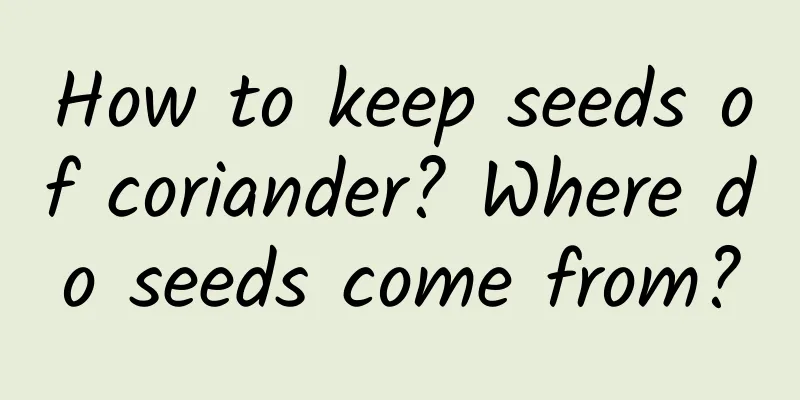What to do if the leaves of bird's nest fern are burnt

Causes and treatments for burnt edges on bird's nest fern leaves1. Insufficient or excessive waterOne of the main reasons why the leaves of bird's nest ferns burn is lack of water. If the surrounding air is too dry, it will also cause burnt edges. Treatment method: The watering methods in winter and summer are different and should be distinguished. The temperature is high in summer and evaporation is fast, so you need to water the plants frequently. If possible, you must wash the leaves 2 to 3 times a day. At the same time, you need to increase the humidity of the surrounding air by sprinkling water on the surrounding ground to increase the humidity. When the temperature is lower in winter, you should keep the soil in the pot moist by spraying more water instead of watering more. 2. Insufficient lightIf the potted bird's nest fern is placed indoors for a long time, it will lack light. Treatment method: Place it in a brightly lit place indoors and do not place it in a dark place for a long time. Place in sunlight regularly. 3. Insufficient fertilizationIf the plant lacks fertilizer, the edges of the leaves will turn brown. Treatment method: Fertilization is especially needed during the growing season. A fertilizer composed of nitrogen, phosphorus and potassium can be applied once every two weeks to replenish the required fertilizer in time. 4. Pest and disease damageNematodes can be said to be a major natural enemy of bird's nest ferns, causing the leaves of bird's nest ferns to turn yellow. Treatment method: Kexiandan granules are the best choice for controlling nematodes. Grind them into powder and sprinkle them on the surface of the potting soil. How to prevent the leaves of bird's nest fern from getting burnt edgesTo prevent the leaves of bird's nest fern from burning, you should do the following: one, Must maintain adequate sunlight. two, The room temperature should not be lower than 10°C. three, Fertilize every quarter to keep the soil fertile. Four, Maintain high humidity. |
<<: What to do if Impatiens does not bloom
>>: What to do if the Begonia truncatum loses its leaves
Recommend
Lotus seed planting method and time
Lotus seed planting time Lotus seeds have no dorm...
Ivy cultivation methods and precautions, ivy pictures
1. Breeding methods 1. Light: Ivy prefers sunligh...
How to grow bird's nest on the balcony, what should you pay attention to
1. Light requirements The Crane's palm cannot...
Can cherries be potted?
Can cherries be grown in pots? Cherries can be pl...
How to grow water bamboo well
1. Hydroponic plants (1) Change water regularly: ...
I have been growing flowers for more than ten years, but I didn’t put them in the right position. All my efforts were in vain!
Entrance It is best to place some tall-stemmed pl...
The difference between Sedum sedum and Sedum notoginseng
Overall distinction The first difference is in ap...
alert! Nine kinds of flowers can easily cause miscarriage in pregnant women!
Oleander: May cause miscarriage Oleander has brig...
Don’t know how to grow Kalanchoe? Do these five things well and your flowers will bloom every year!
1. Control Lighting It likes sunlight, so you nee...
Is Osmanthus fragrans poisonous?
1. Is it poisonous? Although it smells very fragr...
What are the cultivation methods and precautions of the money tree?
Nasturtium Introduction Nasturtium is a plant of ...
Cultivation methods and precautions of Jianlan
1. Flower soil Jianlan has a relatively thick roo...
Vegetables suitable for planting in October
October belongs to autumn, the season is relative...
How to keep the green radish evergreen
Reasons for yellowing and falling leaves Pothos i...
How to fertilize boxwood
1. Fertilization at different stages Boxwood has ...









